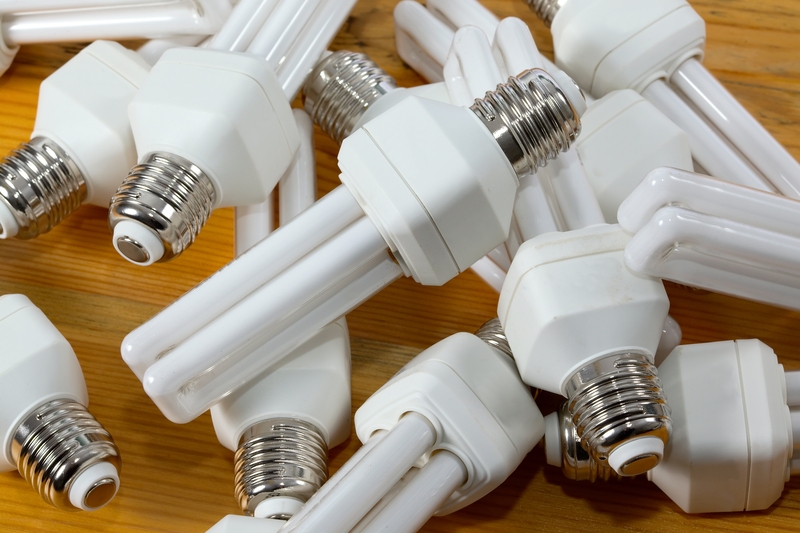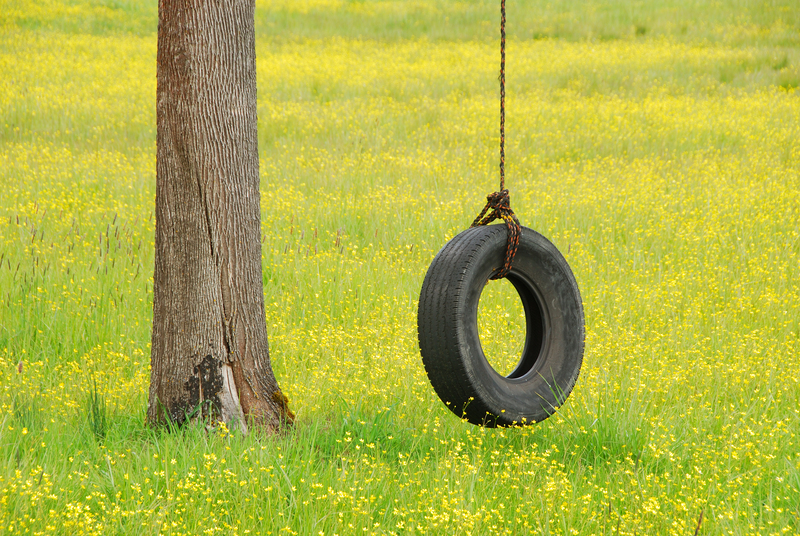Best Practices for Recycling Pots and Pans
In today's world, sustainability is more important than ever. As we strive to reduce our environmental impact, recycling kitchenware--especially pots and pans--has become a significant concern. While many of us know the basics about recycling paper and plastics, items like old cookware often leave us puzzled. How do you recycle pots and pans? What are the best practices for ensuring our cookware gets properly disposed of or reused? This comprehensive guide will help you navigate the process with eco-friendly methods and expert advice.
Why Properly Recycling Pots and Pans Matters
Cooking pots and frying pans are made from a variety of materials--aluminum, stainless steel, cast iron, copper, non-stick coatings, and even silicone handles. Incorrect disposal not only contributes to landfill waste but can also introduce toxins into the environment. By embracing recycling best practices for pans and pots, you may:
- Reduce waste in landfills
- Help conserve resources by reusing valuable metals
- Lower your household's environmental footprint
- Potentially earn money through scrap metal recycling
- Support local recycling programs and businesses
Environmental Benefits
Recycling old pots and pans helps reduce the energy needed to mine and process raw materials. For example, aluminum recycling can save up to 95% of the energy required to produce new aluminum from ore. Every piece of cookware you recycle counts!

Identifying What Can Be Recycled
The first step in recycling cookware is to determine whether your items are recyclable. Cooking vessels are typically made from:
- Stainless steel
- Aluminum
- Cast iron
- Copper
- Non-metal materials such as glass or ceramic (less common)
- Non-stick coatings (e.g. Teflon)
Types of Cookware and Their Recyclability
- Metal Pots and Pans
Most metal cookware can be recycled, but it often cannot be placed in your curbside recycling bin. Instead, it should go to a scrap metal recycler. - Non-Stick Pans
Cookware with non-stick coatings cannot be recycled with regular metals due to toxicity concerns unless the coating is removed or a facility is equipped to manage these materials. Always check local regulations. - Cookware with Mixed Materials
Pans with plastic handles, glass lids, and other non-metal parts may require dismantling before recycling. Separate parts made from different materials where possible.
Preparing Pots and Pans for Recycling
Before sending your used pots and pans for recycling, follow these essential steps:
- Clean Thoroughly
Remove all food residue and wash cookware to avoid contamination. Grease or burnt-on material can complicate the recycling process. - Disassemble Components
Remove and separate any non-metal parts, such as plastic handles, glass lids, or wooden components. These should be disposed of or recycled separately, depending on local guidelines. - Check for Coatings
Pans with Teflon or other non-stick coatings may require special handling. Some recyclers cannot accept them unless the non-stick layer has been removed.
Always consult your town or city's recycling website for specific requirements before proceeding.
Best Practices for Recycling Cookware
1. Research Local Recycling Centers
- Not all recycling programs accept cookware through standard bins. Use online resources or call your municipality to find a dedicated scrap metal recycler or household goods recycling center.
- Locate drop-off points that accept metal kitchenware near you. Many scrap yards and recycling depots will purchase metal cookware.
2. Utilize Manufacturer Take-Back Programs
- Some cookware brands (like Calphalon or TerraCycle) offer take-back or mail-in recycling programs for their products. Check the manufacturer's website for details.
- Register for appliance collection events where pans and cookware are specifically accepted.
3. Donate for Reuse
- If your pans are still in usable condition but simply unwanted, consider donation. Local thrift shops, shelters, and community kitchens often welcome gently used cookware.
- Freecycle groups or online marketplaces are also suitable places to offer functional pots and pans.
4. Sell or Repurpose
- Old pots and pans can be creatively reused as planters, storage containers, or DIY candle molds. If you're crafty, this is a fun and eco-friendly alternative to recycling.
- Antique or collectible cookware can sometimes command reasonable prices from collectors or through consignment shops.
5. Dispose of Non-Recyclable Items Responsibly
- If your cookware is not accepted for recycling and isn't suitable for donation or reuse, follow your municipality's guidelines for disposal. Avoid mixing non-recyclable pots and pans with your regular recycling unless specifically directed.
What Happens to Recycled Pots and Pans?
Once you drop off your scrap cookware at an appropriate recycling center, the following process typically unfolds:
- Sorting and separation - Cookware is divided by metal type and contaminants removed.
- Shredding or crushing - Items are broken down into smaller, manageable pieces.
- Melting and purifying - The metal is melted and purified to ensure no contaminants are present.
- Reforming - The purified metal is cast into new shapes, ready for manufacturing other products.
The entire process helps conserve resources and reduces the demand for new raw materials.
Common Mistakes to Avoid When Recycling Pots and Pans
- Leaving on plastic or wooden parts - This can contaminate scrap metal loads and cause entire batches to be rejected.
- Attempting to recycle coated or Teflon pans in curbside bins - These should be sent to facilities equipped to handle such materials.
- Neglecting to clean cookware - Ensure no food waste remains, as it can hinder the recycling process.
- Overlooking donation opportunities for still-usable cookware.
Frequently Asked Questions about Recycling Cookware
Can I place pots and pans in my curbside recycling bin?
In most cases, no. Pots and pans are usually not accepted in standard curbside recycling. Instead, take them to a local scrap metal recycler or a designated drop-off facility.
Are non-stick pans recyclable?
Non-stick pans are more challenging to recycle because of their coatings. Some specialized facilities accept them, but check with your recycler first. If the coating is damaged, recycling is less likely to be an option, but you can still repurpose or donate if safe.
What about lids and handles?
Handles made from plastic, wood, or silicone should be removed and disposed of separately. Glass lids can sometimes be recycled with glass, but verify with your local service.
Do recycling centers accept damaged or rusty cookware?
Yes, recycling centers usually accept metal cookware regardless of condition, as items will be melted down. However, make sure you follow preparation steps to improve acceptance rates.
Creative Ways to Repurpose Old Pots and Pans
If recycling is not available in your area or you want to try something new, upcycling old pans offers tons of possibilities:
- Use as plant pots in your garden or porch for a rustic look.
- Transform into art projects, wind chimes, or decorative displays.
- Large pots can become ice buckets or storage bins for tools and gadgets.
- Bakeware pans make perfect trays for organizing craft supplies.

Tips for Buying Eco-Friendly Cookware
To minimize future waste, consider these eco-conscious shopping tips:
- Opt for recyclable cookware materials like stainless steel, cast iron, or uncoated aluminum.
- Choose brands with established take-back or recycling programs.
- Avoid non-stick coatings or look for ceramic non-stick alternatives that are less harmful to recycle.
- Invest in durable, high-quality pots and pans designed to last for many years.
Conclusion: The Impact of Recycling Pots and Pans
Recycling pots and pans isn't just about clearing out your kitchen--it's an active step toward a more sustainable future. By following the best practices outlined above, you can ensure your old cookware is responsibly processed, helping to conserve resources and protect the environment. Whether you recycle, donate, or repurpose, your efforts make a positive difference. Remember, every action--no matter how small--counts in building a greener planet, one pot and pan at a time.
If you're ever in doubt, consult your local recycling center for guidance. Let's all do our part to ensure cookware recycling becomes a standard practice in every kitchen!
